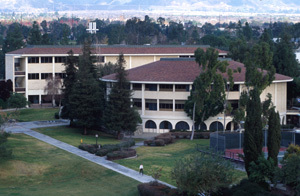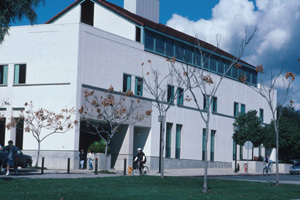Introduction
Recognized as one of the nation’s most prestigious liberal arts colleges, Claremont McKenna College sets itself apart from its counterparts by its focus on leadership. The college’s mission statement is to train “leaders in the making” and leadership is stressed everywhere, from the classroom to dorm life to athletics. Many students pursue the “Leadership Sequence,” which includes courses focusing on leadership across disciplines, in addition to their major.
With especially strong programs in economics and government, the college excels in preparing its students to pursue careers in business, government, and the professions. The economics department is ranked first among liberal arts colleges and more than thirty percent of students graduate with a degree in economics. However, the liberal arts curriculum requires that students complete a broad distribution of courses across departments, including mathematics, literature, and foreign language. More than half of students choose to pursue dual or double majors, often combining fields as disparate as economics and literature.
The school is located on a fifty-acre campus in the convenient and safe college town of Claremont, thirty-five miles east of downtown Los Angeles. It is close to two major freeways, and for beach lovers, Laguna Beach and Santa Monica are each about an hour away; nature enthusiasts often head to Joshua Tree National Park for camping and hiking; and on weekend evenings many students make the forty-minute drive west to Hollywood or Universal City. It also is not uncommon for students to take weekend trips to San Francisco, San Diego, or even Las Vegas!
The college is also unique through its inclusion in the Claremont Colleges consortium. As part of the consortium—a group of five undergraduate colleges and two graduate institutions— located in one square mile—the atmosphere is that of a small college within a larger university. The consortium makes this an ideal choice for students who want a small college experience academically but also want the resources that a larger university would provide.



